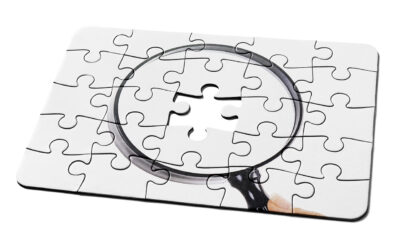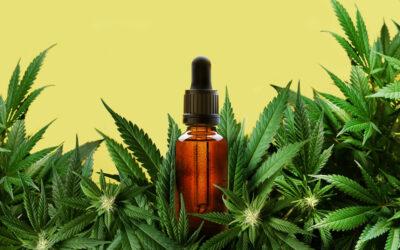If you have a business in an area at risk of wildfires, you need to take steps to reduce your exposure and perhaps save your facilities in case a fire encroaches.
The following are recommendations from a variety of fire safety sources to protect your commercial property:
Check fire hydrants –Ensure fire hydrants are located no more than 250 feet from the primary buildings and are connected to a reliable water source.
Consider exterior walls – Select exterior wall cladding made of noncombustible siding materials such as concrete and brick. Ensure the bottom of the siding is no higher than 6 inches from the ground.
Choose the right windows – Use dualpaned windows made with tempered glass.
For windows that can open, install screens to cover sections that can open. Always close windows when wildfire threatens.
Opt for Class A Fire-Resistant Roofing
Choose the right fencing – When neighboring buildings are located within 20 feet of each other, use of steel fencing for the perimeter area can serve as a radiant barrier, providing added protection should a neighboring building ignite and burn.
Cover your vents – Install ⅛-inch noncombustible mesh screening over all vents to prevent embers from entering through them.
Clean gutters, select Class A fire-resistant roofing – Clean gutters regularly, particularly during the summer months and during fire season.
Remove debris, which can be ignited by wind-blown embers, from roof and gutters.
Install gutters and downspouts made of noncombustible materials such as aluminum. Do not use foam insert gutter guard materials, even
if the manufacturer makes claims related to fire resistance.
Select roofing with a Class A fire rating.
Use noncombustible materials for signs – Consider signs made of aluminum or other lightweight materials that won’t ignite easily.
The key requirement for a compensable workers’ compensation claim is that the injury or illness arose “out of or in the course of employment.”
That wording makes it difficult for most workers to file a claim if they suspect that they got the virus at work, presumably from another employee or a customer.
Under state workers’ compensation law communicable diseases are typicaly considered non-compensable since it would be difficult to prove if an employee contracted the disease at work or in another setting altogether.
A coronavirus claim could be compensable in the following situations:
- Anybody working in a setting where there are patients being treated and tested for the coronavirus would have a strong claim if they contracted the virus. This would include clinics, doctor’s offices and hospitals.
- Personnel who have traveled abroad on business and upon return discover that they have fallen ill and contracted COVID-19. They could file a workers’ comp claim since they likely caught it while on the trip, which would technically be “arising out of or in the course of employment.”
State laws governing workers’ compensation insurance limit how a policy can apply coverage to employees outside the U.S.
If you have employees that are traveling extensively or are working on assign- ment abroad, you may find they are not covered by your workers’ comp policy.
MAINTAIN A DEFENSIBLE SPACE
Zone 1 (zero to 5 feet)
- Design and maintain this area to keep materials from igniting.
- Ensure nearby debris, dry leaves, and dead plant material do not accumulate in this zone.
- Use hardscape like gravel, pavers, concrete and other noncombustible mulch materials.
- The best practice is to have no vegetation in the area, but if you want to have bushes, select ones with low combustibility characteristics such as high moisture content, low oil or resin content and deep roots with thick heavy leaves.
Zone 2 (5 to 30 feet)
- Maintain trees and taller vegetation, and keep them at least 10 feet from each other.
- Remove vegetation under trees to prevent fire from climbing.
- Prune mature trees up to 6-10 feet from the ground. Landscaping in this area should include low growing, open-structured, less resinous, higher moisture content plants.
Zone 3 (30 to 100 feet)
- Mow grass down to a maximum height of 4 inches.
- Remove or dispose of tree needles or leaves, remove dead trees, thin out small trees and shrubs, creating islands of vegetation.
- Thin mature trees so that canopies do not touch.
- Limb and prune mature trees up to 6-10 feet.
Get a Quote
If you’re looking for a team of specialists who can help your cannabis business navigate state laws and regulations like this, contact Cannabis Connect today for a free quote.








